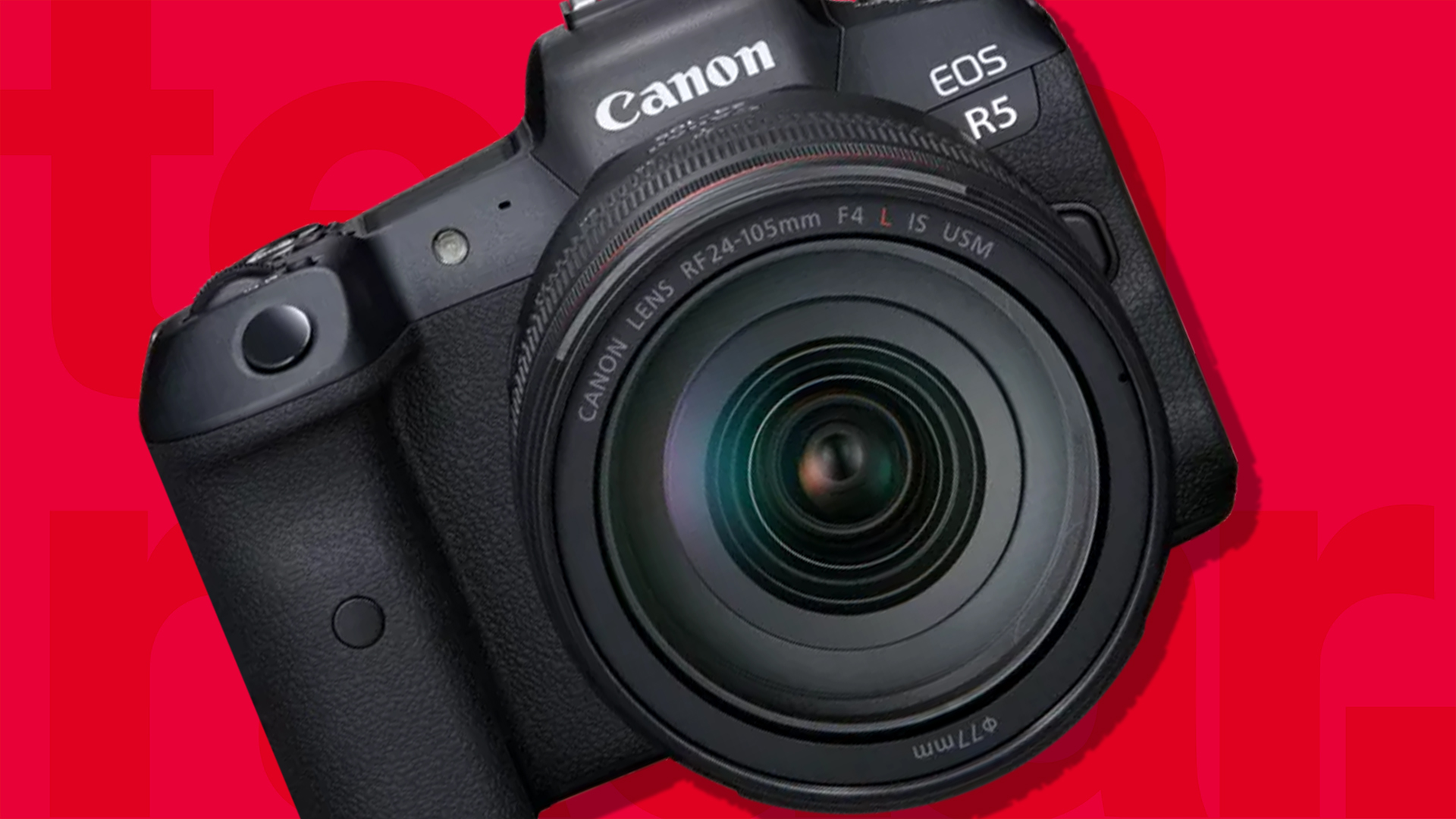When deciding which digital camera to buy, the Canon EOS Rebel T8i or the Fujifilm GFX50S II might be the best choice. However, if you’re after a high-speed camera, you might be interested in the Canon EOS 90D. Regardless of what you’re looking for, you’re sure to find something that meets your needs. This article will cover the various aspects of the two cameras and make the decision easier.
Canon EOS Rebel T8i
The wide-range sensitivity of the Canon EOS Rebel T8i digital camera kit allows you to take pictures in a variety of lighting conditions. This camera also comes with a 45-point face-detection autofocus system and built-in Wi-Fi and Bluetooth connectivity. The Canon EOS Rebel T8i is a great camera for those who like to take photos outside and are always on the go.
The Canon T8i has a 24.1-megapixel sensor and ISO settings of 100 to 25600. With its 45-point all-cross-type AF system and DIGIC 8 image processor, the camera’s pictures are clear and have a true-to-life color rendition. Those who are new to photography will appreciate the LCD screen’s clear, easy-to-read layout and menus.
Canon EOS 5D Mark IV
If you’re considering buying a new digital camera, consider the Canon EOS 5D Mark IV. Its built-in Wi-Fi makes it possible to connect to compatible mobile devices and review images as you take them. This camera also has built-in Near Field Communication (NFC) technology, which allows you to tap your device to the camera and instantly start sharing pictures. Canon also makes a companion device, the Canon Connect Station CS100, so you can view all of your pictures and videos from the same connected device.
The Canon 5D Mark IV is an excellent choice for anyone who wants a versatile camera for a variety of photography situations. Its pixel count is a full 30MP and is comparable with many other full-frame cameras. Its image quality is also excellent, both at low and high ISOs. And because of its autofocus system, it’s easy to find the focus point and composing the photo. The camera also comes with WiFi and a built-in micro SD card, so you can transfer your photos to your phone, tablet, or computer.
Fujifilm GFX50S II
The Fujifilm GFX50S II features a Bayer RGBG sensor, which offers impressive dynamic range and shallow depth of field. The camera also uses a focal plane shutter, which limits flash sync to a conservative 1/125 second. The GFX50s II will be available in both bundled kits and body only options, and is expected to be available for purchase sometime in Q3 2013.
Despite its small size and compact design, the GFX50S II boasts massive resolution, a highly effective stabilisation system, and is weather-proof. Compared to the GFX50S, the price is about PS$2000 less than the original. With such an affordable price, Fujifilm is clearly attempting to entice full-framers to make the move to medium-format.
Olympus OM-D E-M10 Mark III
If you’re a beginner photographer and have never used a mirrorless digital camera before, the Olympus EM10 Mark III might be the right choice for you. This camera’s manual features numerous shooting tips and a wealth of guides and information to help you become a better photographer. Here are some of those tips. After you’ve used the camera for a few weeks, you’ll be ready to take up photography like a pro.
The Olympus E-M10 Mark III offers a 16MP Micro Four Thirds sensor and a 3 inch tilting touch-screen. It also has built-in Wi-Fi and supports 4K video. You’ll find that auto HDR and time-lapse are a great addition to this camera, as they let you combine up to seven frames of video to get a smoother, higher-quality picture. You’ll also be happy to know that the camera can record up to 4K videos, which most mirrorless cameras can’t do.

